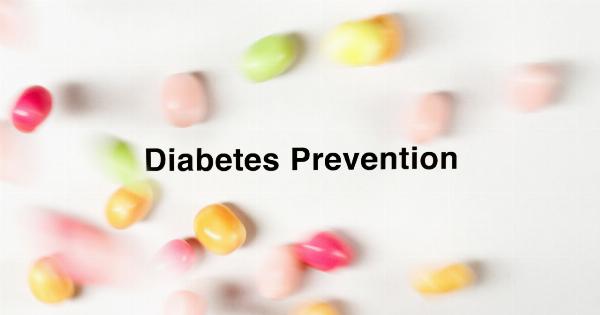Ensuring women’s safety and empowering them with self-protection skills are critical issues in today’s society.
While there is a wealth of information available on self-defense techniques, it is important to also address the hidden elements that can significantly impact women’s safety. In this article, we will explore five often overlooked factors and provide valuable insights to enhance women’s safety and self-protection.
The Importance of Awareness
One of the most crucial elements of women’s safety is developing a strong sense of awareness. Being aware of one’s surroundings can help prevent dangerous situations from arising.
This includes paying attention to people’s behavior, identifying potential risks, and trusting one’s instincts. By staying alert and vigilant, women can identify potential threats early on and act accordingly.
Self-Defense Training: Empowering Women
Self-defense training can be a transformative experience for women, providing them with valuable skills and boosting their confidence. Women who undergo self-defense training learn techniques to protect themselves effectively.
These courses often include situational awareness, physical techniques, and mental strategies to handle dangerous scenarios. By gaining self-defense skills, women can better protect themselves and feel more secure in their day-to-day lives.
The Power of Verbal Self-Defense
Verbal self-defense is an often overlooked aspect of personal safety. It involves learning to assert oneself confidently in potentially volatile situations.
By effectively communicating boundaries and expressing assertiveness, women can deter potential aggressors. Verbal self-defense techniques can help de-escalate confrontations and provide an opportunity for women to protect themselves without resorting to physical force.
Recognizing Manipulation Techniques
Understanding manipulation techniques is essential for women to protect themselves from various forms of abuse. Manipulators often use psychological tactics to gain control over their victims.
By being aware of common manipulation techniques such as gaslighting, guilt-tripping, or love bombing, women can recognize red flags and avoid potentially abusive relationships. Recognizing these manipulation tactics empowers women to make informed decisions regarding their safety.
Building a Supportive Network
Having a strong support system plays a crucial role in women’s safety. Building a network of trusted individuals who can provide emotional support, advice, and assistance during challenging situations is essential.
Whether it’s family, friends, or support groups, having a network of people who prioritize women’s safety can provide a sense of security and help women navigate potential threats more effectively.
Cultivating Self-Confidence
Self-confidence is another hidden element of women’s safety and self-protection. Developing a strong belief in one’s abilities and worthiness can act as a deterrent against potential attackers.
Women who exude confidence are less likely to be targeted as victims. Cultivating self-confidence can be achieved through self-affirmation, challenging oneself to overcome obstacles, and practicing self-care. By believing in their own strength and capabilities, women can create a protective shield around themselves.
The Role of Technology in Women’s Safety
Advancements in technology have introduced innovative solutions to enhance women’s safety. Smartphone apps, personal safety devices, and GPS tracking systems can provide an added layer of security.
These tools allow women to instantly reach out for help, alert authorities, or share their location with trusted contacts. Embracing technology can be an effective way to enhance women’s safety, especially in situations where immediate assistance may be required.
Preventing Cyber Threats
In the digital age, it is crucial for women to be aware of the potential cyber threats they may face.
Understanding online privacy, securing personal information, and being cautious about sharing sensitive details can significantly reduce the risk of cyberattacks and online harassment. By practicing safe digital habits and staying informed about the latest cybersecurity measures, women can protect themselves in the virtual world.
Emotional and Psychological Well-being
Women’s safety extends beyond physical protection; emotional and psychological well-being are equally important.
Recognizing the signs of emotional abuse, seeking therapy or counseling when needed, and prioritizing mental health contribute to overall safety. Women who prioritize their emotional well-being are better equipped to identify toxic relationships or situations that can harm them physically or psychologically.
Understanding Legal Rights
Having a comprehensive understanding of legal rights is an essential aspect of women’s safety. Familiarizing oneself with local laws, reporting procedures, and legal resources ensures that women can protect themselves effectively.
Knowledge of legal rights empowers women to take appropriate action and seek justice when faced with harassment, assault, or any form of violence.
Conclusion
Women’s safety and self-protection involve not only physical defense techniques but also a holistic approach that encompasses various hidden elements.
By being aware of their surroundings, receiving self-defense training, honing verbal self-defense skills, recognizing manipulation techniques, and building a supportive network, women can enhance their safety significantly. Cultivating self-confidence, embracing technology, preventing cyber threats, prioritizing emotional well-being, and understanding legal rights further contribute to a comprehensive approach toward women’s safety.
Empowering women with these hidden elements equips them to navigate potential threats and live with a greater sense of security in their daily lives.






























